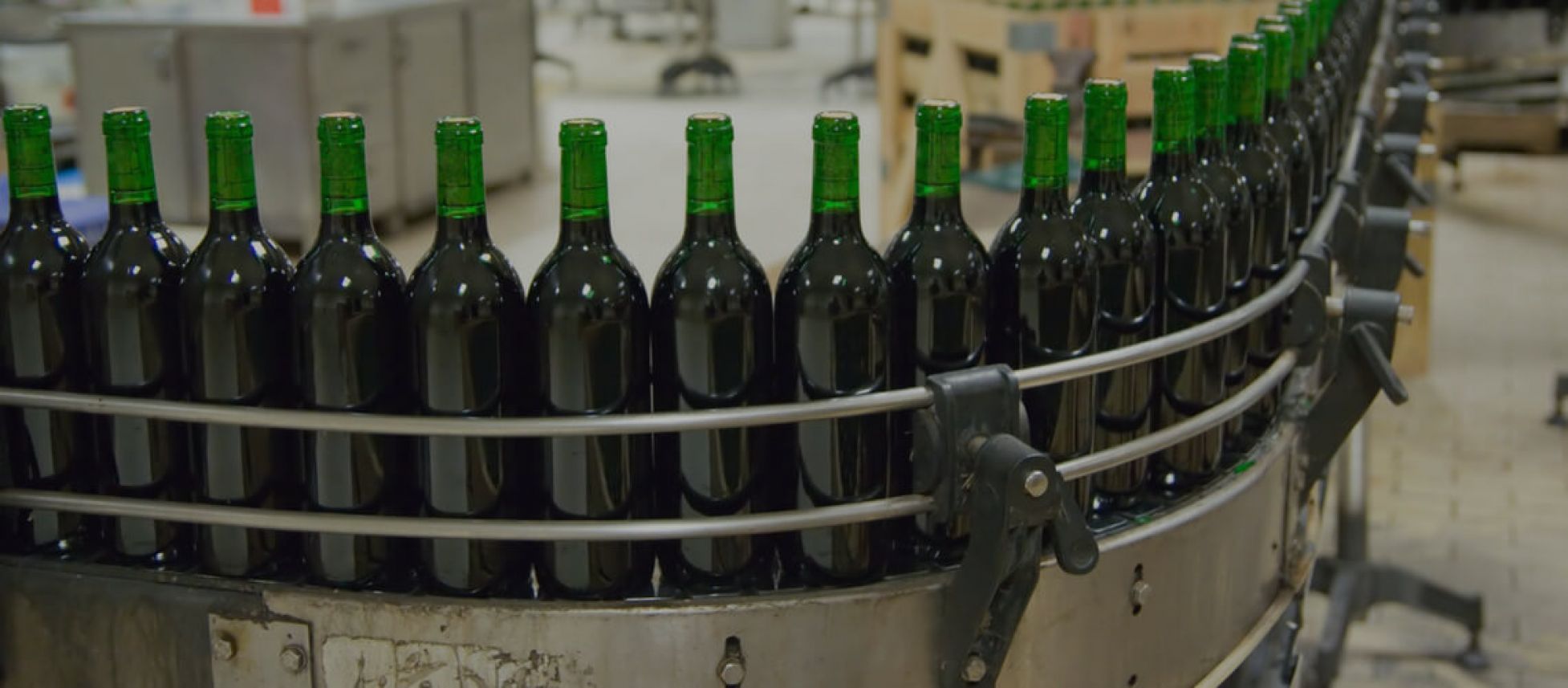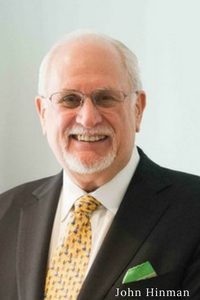Blog
Insights
Competing in the Private and Control Label Arena NABCA – March 16, 2015

Competing in the Private and Control Label Arena NABCA by Jhon Hinman, Founder and Partner of Hinman & Carmichael LLP.
What is a Control Label?
-
A brand that a supplier owns and controls but dedicates to one specific retail account, either by quality control agreement or understanding (note: exclusive outlet agreements violate federal law (27 CFR Part 8))
-
Product manufactured to the specifications of the retailer.
-
The supplier is the owner of all of the IP
-
Retailer controls the marketing and advertising.
-
Margins are controlled through the 3T system
What is Private Label?
Two Kinds:
-
Retailer contracts with a manufacturer to put their logo or label on an existing product (e.g., bulk wine) or has a product produced to their specifications (e.g., Kirkland in Costco)
-
Owner of IP with retailer’s name licenses name may license brand for broad market products.
The brand is proprietary to IP owner
-
IP may be licensed to others for production
-
IP owner may contract with different manufacturers for production of the same product
-
Sold in a retail location of IP owner or IP licensee (true private label), or may be sold in a broad market through an IP licensing agreement where royalty revenue is captured by a 3rd party or brand owner.
Does the Difference Matter?
-
A distinction is important from an IP and contract law perspective – IP is often licensed to others for products that are endorsed by the retailer
-
Many state liquor laws and regulations do not differentiate between private and control labels.
-
Leads to confusion with industry members and regulators
-
Has resulted in current litigation and rulemaking
-
Ownership of the brand is the key to the difference
-
PL/CL Routes to Market
-
Typically delivered through wholesalers and importers working on lower delivery margins (15 to 20%) rather than full margins (25 to 40%)
-
Traditional distributors are not fond of the PL/CL channel because of lower margins and loss of available shelf slots for broad market products.
-
Traditional distributors will, however, ship PL/CL products, often for fixed per case fees, to fill their trucks and to curry favor with large retailers
-
Margins are not regulated and margin points are based on services provided by a distributor (delivery, stocking, ordering, merchandising, credit, etc.) which is why the channel is profitable to all parties but less profitable for traditional distributors than the broad market.
-
Many states have laws prohibiting wholesalers from discriminating among retailers - results in PL/CL products available to broad market but most often there is no demand outside of originating retailer.
Current Legal Issues “Thing of Value” Problems
American Vintage Beverage, Inc. v. Dept. of Alcoholic Beverage Control
First Amendment – Commercial Free Speech Substantial Governmental Interest?
Note: This material is intended for informational use only and is not to be construed as legal advice. If you need legal advice please consult with your coursel
Does regulation directly and materially advance interest?
Impeding otherwise legitimate PL/CL has the opposite effect by strengthening supplier and distributor tiers at expense of retail tier.
More extensive than necessary?
Depends on regulation, effects on PL/CL and whether it does advance legitimate governmental interest.
Where is this going?
Is this the end of the 3 tier system?
The conclusion – what’s next for the regulator to worry about?
Mark Anthony Brewing Inc. v. Texas Alcoholic Beverage Commission
-
Creates a slippery slope problem – what isn’t a “thing of value”
-
Are private labels now outlawed in CA? Unclear. Ask Mr. Botting
-
CA ABC Appeals Board held that the existence of a “visual link” between a product sold by a supplier and the name and identifying characteristics of a retailer acted as prohibited advertising for the retailer.
-
TABC asserts that license agreement with TGIF corporate IP owner (not a TX licensee) creates a “thing of value” in the form of advertising to TGIF retail locations. MAB defending based on First Amendment.
-
TABC conducting broad-based investigations into practices by retailers and suppliers into PL/CL practices
-
Suppliers are pushing back with constitutional defenses
-
Non-deceptive labels on products are a form of advertising and thus protected commercial free speech under Central Hudson
-
Central Hudson Test:
-
For commercial speech to be protected, it must:
-
Concern otherwise lawful activity and not be misleading. If this is met, we then ask:
-
Is the asserted government interest substantial?
-
Does the regulation directly advance the asserted governmental interest to a material degree?
-
Is the restriction more extensive than necessary to serve the government interest?
-
Prevent Supplier domination of Retail tier.
-
-
-
US National retail chain PL/CL volume in wine space estimated at over 40% of total market volume and min some markets is approaching 50%
-
Beer and spirits space is behind but catching up
-
Why is this happening?
-
It’s more efficient to manage products from retail corporate HQ, PL/CL allows for better product planning and uniformity of offerings, PL/CL is a better value for consumers and PL/CL allows the retailer to have more control over his supply chain.
-
There will be more PL/CL, count on it.
-
This is the fear of the wholesale tier.
-
PL/CL is seen as a threat not just to margins but to the distributors’ historical control of supplier and retailer relationships. The middleman no longer controls the communications at the chain HQ level and realistically can’t control the communication channels.
-
Almost all states permit some level of winery and brewery self-distribution and several states (OR and WA, among others) permit self-distribution across state lines by permit.
-
Almost all product that is self-distributed is PL/CL or truly small brands with no wholesaler support but retail account relationships.
-
The wholesale tier is adjusting by putting more resources into product integrity, reporting and account servicing.
-
Wholesalers are doing very well as a tier (the most profitable that they have ever been) and may even have difficulty servicing and managing the brands that they have because the US alcohol market is the largest market in the world and SKU’s are proliferating across all markets.
-
For example, some brands that are over demanding of wholesaler service (excessive account visits, promotional support and split books of business for example) have been terminated by their wholesaler (even in franchise states) as too much trouble to manage.
-
PL/CL is not the end of the 3 tier system; rather it’s the beginning of the integrated delivery model where every tier has a role and technology is used to drive innovation.
-
The 3 tier system is evolving as society and technology are evolving. The basic purpose of the 3 tier system, which is to prevent supplier domination of the retail tier, remains intact.
-
The biggest challenge for today’s regulator is understanding the business that the licensees being regulated are conducting between themselves.
If you're a bulk wine or bulk spirits supplier, contract bottler, or private label producer aiming to connect with serious trade buyers, IBWSS San Francisco is the event you can't afford to miss. Get a quotation or Book a exhibitor table.

